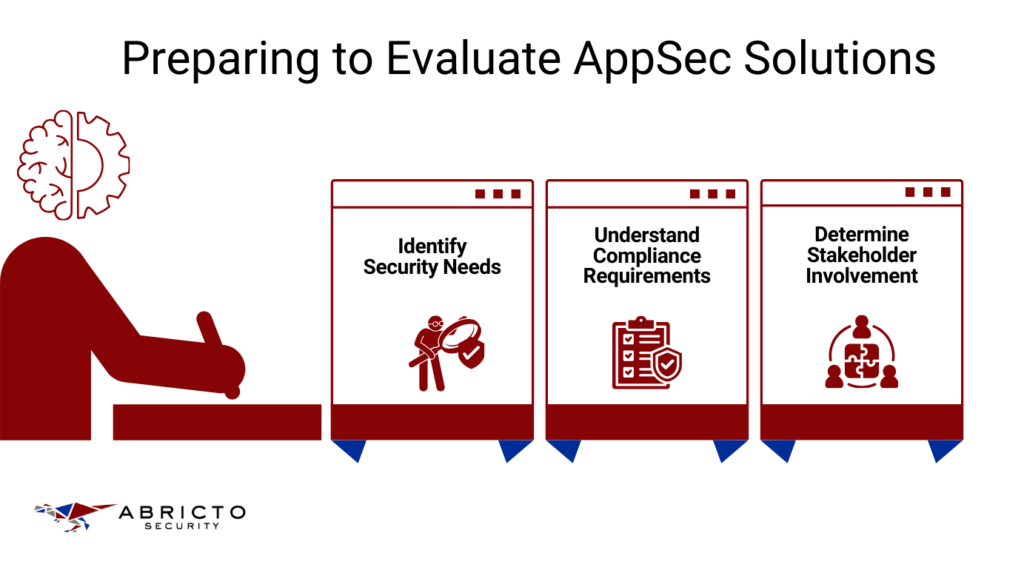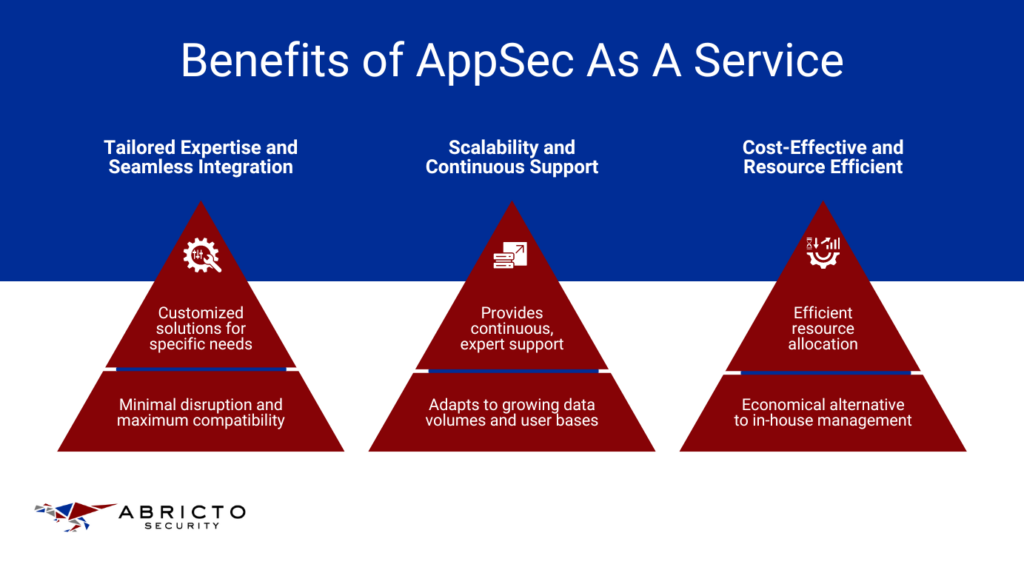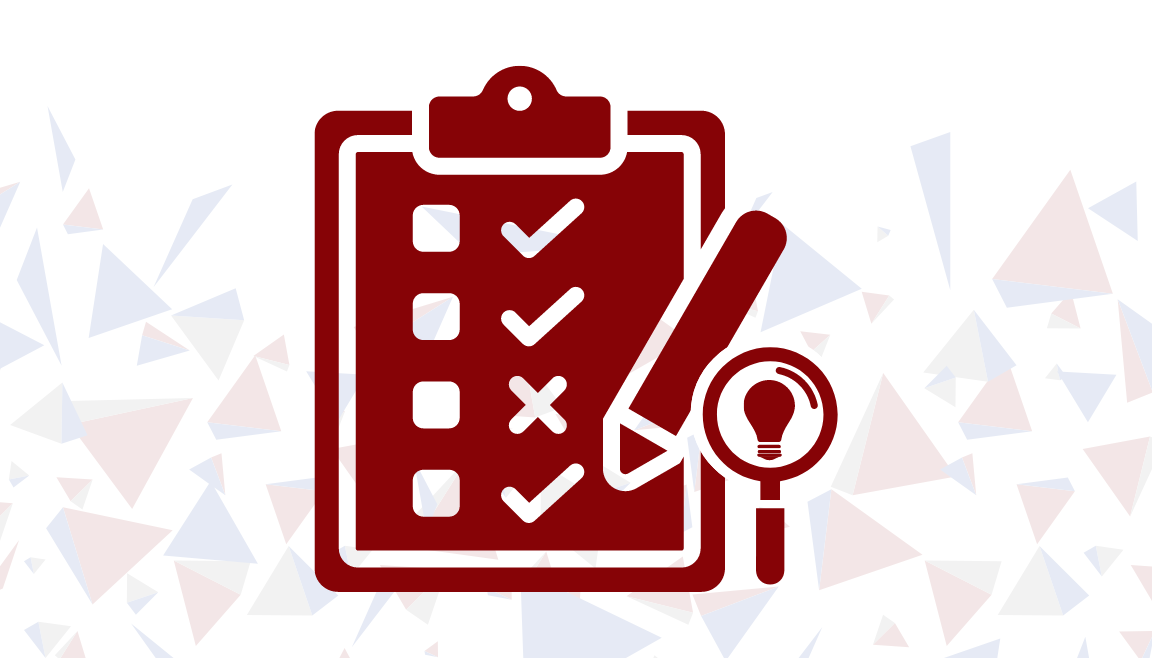Introduction
Given that most online security incidents are caused by human error, it’s evident that protecting your platform requires more than advanced technology; it demands effective strategies that your entire team can implement. This guide will show you how to select and deploy exceptional security measures for your SaaS. You’ll learn how to secure your product and maintain its flexibility and resilience, ensuring your and your users’ safety and satisfaction.
How to Evaluate AppSec Solutions

As a SaaS product owner or founder, you understand the high stakes of securing your application and safeguarding your customers’ trust. A single security breach can tarnish your reputation, lead to significant financial losses, and erode the confidence your users have in your platform.
Recognizing these risks is the first step towards implementing a security strategy that not only protects your data, but also fortifies your relationship with your customers. Here are some actionable steps to help you choose the right Application Security (AppSec) solutions.
1. Identify Your Security Needs
Understanding the specific security needs of your application is critical as the type of data you handle plays a significant role in determining the threats you need to protect against. Different data types attract different risks, and knowing these can help you tailor your security measures effectively.
Action Steps:
- Data Inventory: Begin by listing all the types of data your application collects, processes, and stores. This could include personal information, financial records, or proprietary business details.
- Threat Analysis: Identify potential threats associated with each data type. For instance, financial data may be targeted for fraud, while personal information could be at risk of identity theft. By understanding these threats, you can prioritize your security efforts where they are most needed.
2. Understand Your Compliance Requirements
Compliance with regulations goes beyond avoiding penalties; it is essential for building and maintaining customer trust. Different regulations may apply depending on the nature of your service and the geographical location of your customers. Ensuring compliance not only protects your business legally but also enhances your credibility.
Action Steps:
- Research Regulations: Identify all applicable regulations. For example, if you have users in the European Union, you need to comply with the General Data Protection Regulation (GDPR). If your service handles health-related information in the United States, HIPAA requirements will apply.
- Create a Compliance Checklist: Document the specific requirements you need to meet for each regulation. This checklist will serve as a guide for implementing and maintaining compliance measures, ensuring you address all necessary aspects systematically.
3. Determine Stakeholder Involvement
Choosing an AppSec solution requires input from various departments to ensure it aligns with your overall business goals. Security is not just an IT concern; it impacts every part of your organization, from legal and compliance to executive decision-making. Involving key stakeholders ensures a well-rounded approach to security.
Action Steps:
- Assemble a Security Team: Include representatives from IT, security, legal, compliance, and executive teams. This team should collaborate to bring diverse perspectives and expertise to the table, ensuring all aspects of security are considered.
- Hold Regular Meetings: Schedule regular meetings to discuss security needs, regulatory requirements, and potential solutions. These discussions will help keep everyone aligned and informed, facilitating better decision-making and implementation.
These steps will ensure you’re ready to select an AppSec solution that effectively secures your SaaS platform and supports your business objectives. With this foundation, you can maintain a secure system and build user trust.
Next, let’s examine the key criteria for evaluating AppSec solutions to help you make an informed choice.
Criteria for Evaluating AppSec Solutions

Choosing the right Application Security (AppSec) solution is a crucial step in safeguarding your SaaS platform. As your application grows and evolves, so do the threats it faces. Knowing what to look for in an AppSec solution can make all the difference in maintaining a secure, trustworthy service. Here are key criteria to consider, each tailored to address specific needs and pain points you might encounter.
Scalability
An ideal AppSec solution must effortlessly scale to accommodate an expanding base of users and increasing data volumes. As your SaaS grows, the security framework should seamlessly handle more complex operations and larger datasets without compromising performance.
Why It Matters:
As your user base grows, the volume of data and the complexity of operations increase. A scalable security solution ensures that your protection measures can expand without degradation in performance.
What to Look For:
- Capacity Handling: Can the solution manage a significant increase in users and data?
- Performance Metrics: Does the performance remain consistent as demand grows?
- Future-Proofing: Is the vendor committed to updates and enhancements that support scalability?
Integration Capabilities
A good fit between an AppSec solution and your existing software and hardware is essential. It should integrate smoothly with your tools and tech environment, minimizing disruptions and leveraging existing infrastructures effectively.
Why It Matters:
Smooth integration ensures that your security solution works seamlessly with your current systems, reducing the risk of incompatibility issues and enhancing overall efficiency.
What to Look For:
- Compatibility: Does the solution work with your existing tech stack?
- API Availability: Are there APIs for easy integration?
- Minimal Disruption: How easily can it be implemented without causing downtime or operational disruptions?
Real-Time Protection Capabilities
The capability to detect and respond to threats as they occur is crucial. Look for solutions that monitor your system continuously and act immediately on potential threats, thus reducing the window of opportunity for attackers.
Why It Matters:
Real-time monitoring and response can significantly mitigate the damage caused by security breaches by addressing threats as they occur rather than after-the-fact.
What to Look For:
- Continuous Monitoring: Does the solution provide 24/7 monitoring?
- Immediate Response: How quickly can it act on detected threats?
- Alert Systems: Are there robust alert mechanisms in place to inform you of potential issues instantly?
Ease of Use and Management
Solutions that are straightforward to use and manage can significantly reduce the burden on your IT staff. A clear user interface and minimal administrative overhead mean your team can focus more on strategic tasks rather than getting bogged down by complex security management.
Why It Matters:
An intuitive interface and straightforward management reduce the learning curve and administrative workload, allowing your team to focus on more strategic initiatives.
What to Look For:
- User Interface: Is the interface user-friendly and easy to navigate?
- Administrative Overhead: How much time and effort is required to manage the solution?
- Training and Documentation: Are there adequate resources to help your team get up to speed?
Cost
Evaluating the cost-effectiveness of an AppSec solution involves more than just the initial price tag. Consider the costs of setup, ongoing maintenance, and the financial impact of potential breaches. An economically sensible choice balances expense with the value of the protection it offers.
Why It Matters:
Understanding the total cost of ownership helps you budget effectively and ensures you’re investing in a solution that provides significant value without unnecessary expenditure.
What to Look For:
- Initial Costs: What is the upfront investment?
- Ongoing Expenses: What are the costs for maintenance and updates?
- Return on Investment: How does the cost compare to the level of protection and potential savings from avoided breaches?
Vendor Reputation and Support
The reliability of the vendor, along with the quality of customer service and support, plays a significant role in the success of any security solution. Researching and choosing a vendor with a proven track record and dependable support ensures you have the backing needed to handle issues that may arise.
Why It Matters:
A reputable vendor provides not only a reliable product but also the necessary support to address any issues promptly, ensuring your security posture remains strong.
What to Look For:
- Track Record: What is the vendor’s history and reputation in the industry?
- Customer Support: Is there 24/7 support available? What are the response times?
- Customer Feedback: What do other customers say about their experience with the vendor?
Through considering these criteria, you can make an informed decision when selecting an AppSec solution that fits your SaaS platform’s needs and helps maintain a secure, efficient, and trustworthy service for your users.
Approaches to Implementing AppSec Solutions

When it comes to securing your SaaS platform, you have two main approaches to consider: managing security in-house versus outsourcing to a trusted partner.
Each method has distinct advantages and disadvantages, and the best choice depends on your specific needs, resources, and goals.
In-House Security Management
Pros:
- Full Control: Managing security internally allows you to have complete control over all aspects of your security infrastructure. This means you can customize your security protocols to fit your exact needs and make immediate changes as necessary.
- Direct Oversight: Having your own team manage security means you have direct oversight and accountability. This can lead to higher levels of trust and confidence in your security measures as they are managed by your trusted team members.
- Integration with Existing Systems: Your internal team has a deep understanding of your existing systems and architecture, making it easier to integrate security measures without causing disruptions.
Cons:
- Resource Intensive: Managing security in-house requires significant investment in terms of both time and money. This includes hiring skilled professionals, continuous training, and maintaining the necessary technology.
- Maintenance and Updates: The responsibility for keeping security measures up to date lies entirely with your team. This can be a continuous and demanding task, requiring constant vigilance and timely responses to new threats.
- Expertise Requirements: Ensuring your team has the necessary expertise to handle complex security challenges can be difficult. The cybersecurity landscape is constantly evolving, and keeping up with the latest threats and solutions requires ongoing education and experience.
Outsourcing to a Trusted Partner
Pros:
- Specialized Expertise: Third-party providers specialize in security, offering a wealth of experience and knowledge that can be leveraged to protect your SaaS platform. These providers often stay ahead of the latest threats and use advanced technologies.
- Cost Efficiency: Outsourcing can be more cost-effective over time. Third-party providers spread the cost of development and maintenance across many clients, offering high-quality security services at a lower price point.
- Quick Implementation: Third-party solutions can be implemented quickly, allowing you to enhance your security posture without the delays associated with developing and deploying internal measures.
Cons:
- Customization Limits: Third-party solutions may not fully meet all your specific needs and could require adjustments to fit your unique environment. This lack of customization can sometimes lead to less effective security coverage.
- Vendor Dependence: Relying on an external vendor means your security is tied to their reliability and update schedule. Any delays or issues on their end can directly impact your security posture.
- Integration Challenges: Integrating third-party solutions with your existing infrastructure can be complex and might require additional custom development or middleware.
Making the Decision
Deciding between in-house security management and outsourcing to trusted partners requires a careful evaluation of your resources, expertise, and specific security needs.
Some considerations you should take into account:
- Resource Availability: Do you have the necessary budget and skilled personnel to manage security in-house? Assess whether your team has the capacity to handle the continuous demands of product security management.
- Urgency: How quickly do you need to enhance your security measures? If rapid implementation is crucial, outsourcing may offer a quicker path to improved security.
- Customization Needs: How specific are your security requirements, and can they be met by third-party solutions? Determine whether the flexibility of in-house management is necessary for achieving your security goals.
- Long-Term Strategy: What is your long-term vision for security management and control? Consider whether the ongoing commitment to internal security management aligns with your strategic objectives.
How AppSec As A Service Can Be the Middle Ground

For SaaS product owners, finding the right balance between in-house security management and outsourcing can be challenging. AppSec As A Service (ASaaS) provides a practical and effective middle ground, offering specialized security solutions that combine the best of both worlds.
Tailored Expertise and Seamless Integration
ASaaS delivers expert security tailored to your specific needs. Unlike off-the-shelf third-party solutions, ASaaS can be customizedto integrate seamlessly with your existing systems. This ensures minimal disruption and maximum compatibility, allowing for real-time threat detection and immediate response. For example, ASaaS can tailor security measures to align with your data flow and operational processes, providing robust protection exactly where you need it most.
Scalability and Continuous Support
As your SaaS platform grows, so do your security needs. ASaaS scales effortlessly with your business, adapting to increasing data volumes and user bases without compromising performance. This continuous support ensures that your security measures remain effective as your platform evolves. By leveraging ASaaS, you can focus on innovation and growth, knowing that your security is managed by experts who stay ahead of emerging threats.
Cost-Effective and Resource-Efficient
Managing security in-house requires significant investment in skilled personnel, technology, and ongoing maintenance. ASaaS offers a cost-effective alternative by spreading these costs across multiple clients, providing access to high-quality security solutions at a fraction of the cost. This allows you to allocate resources more efficiently, focusing on core business activities while ensuring comprehensive protection.
To discover how our AppSec As A Service can provide tailored, expert security for your SaaS platform while saving you time and resources, reach out to us today.
